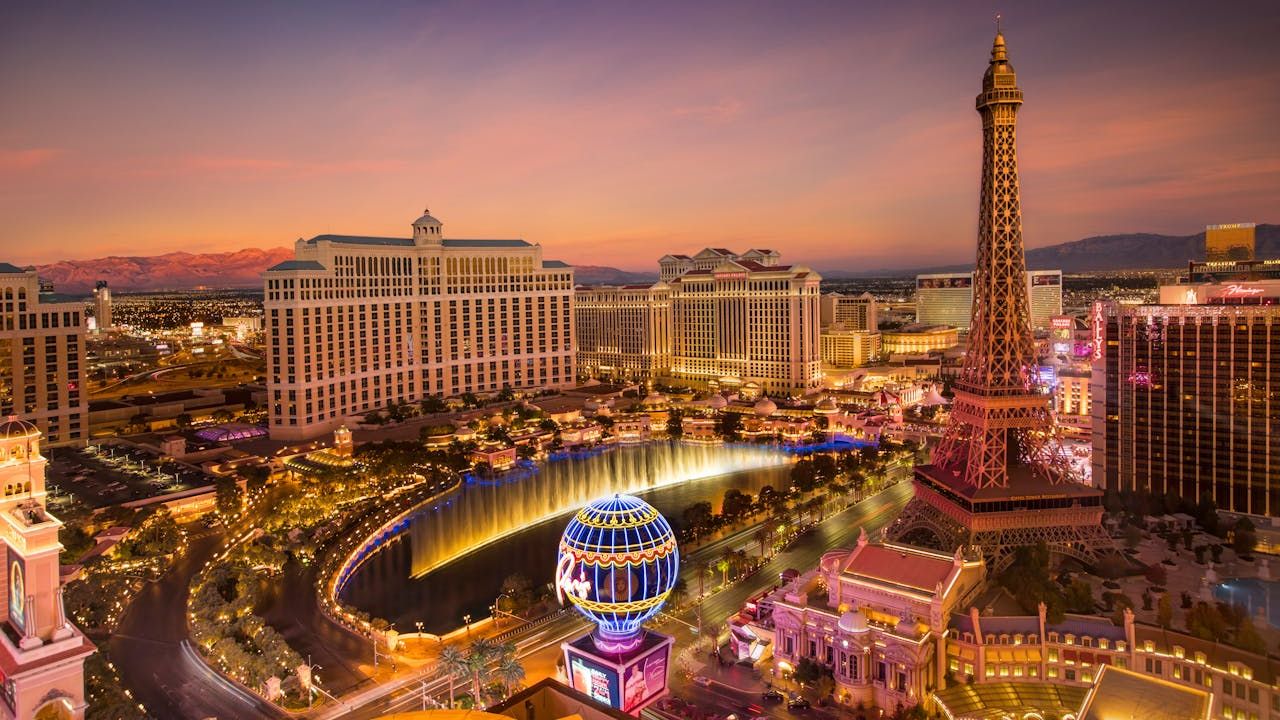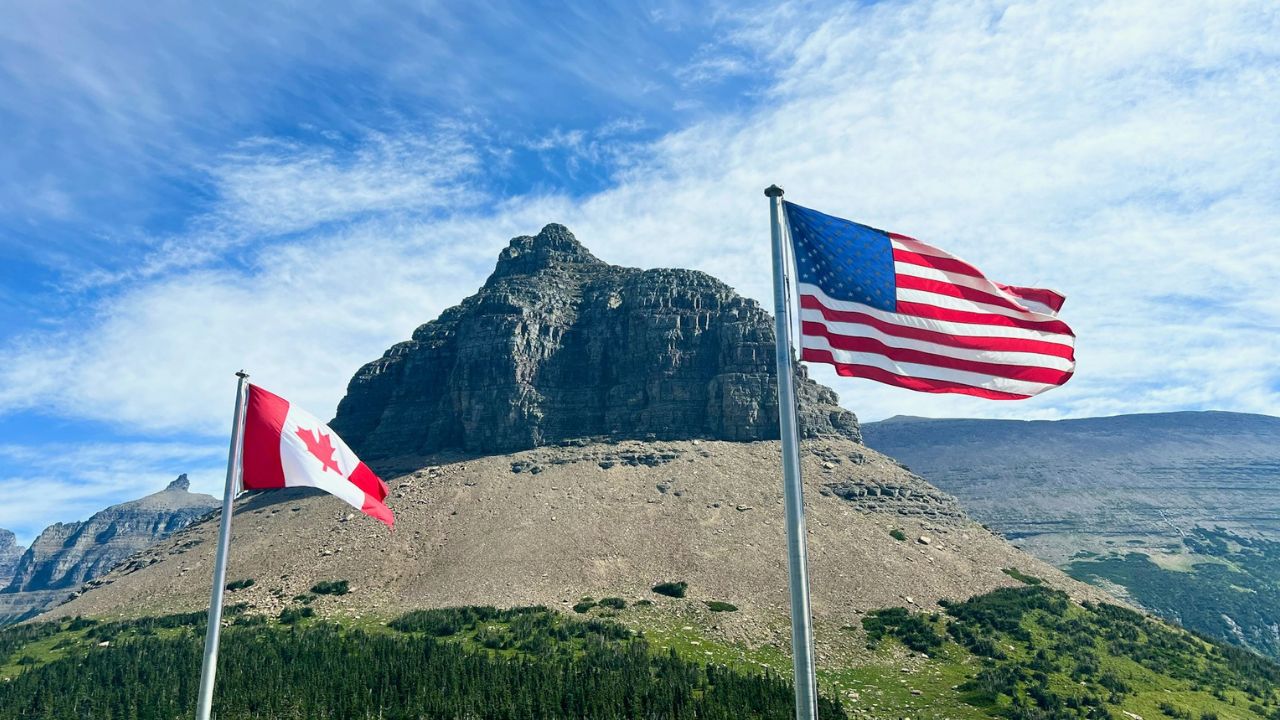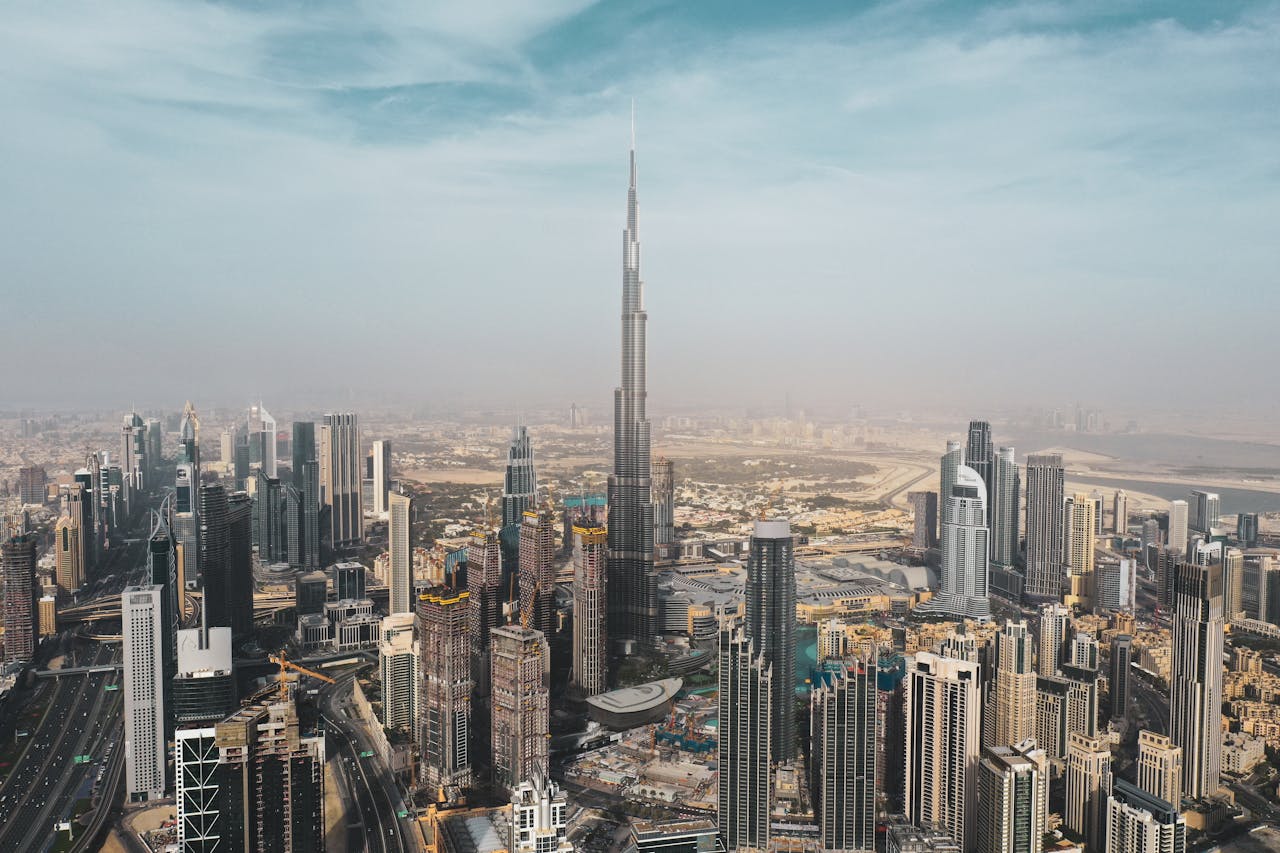Desert heat fades fast after sunset, and many towns plan for it. Cooler air, dark-sky rules, and night markets turn evenings into prime time. These eight places back the vibe with facts: certified dark-sky designations, regular programs, safer temps, and late hours. Bring layers, red-light headlamps, and water. Aim for new moon weeks if stargazing is the goal, and respect local rules that protect wildlife and fragile soils.
1. Sedona, Arizona
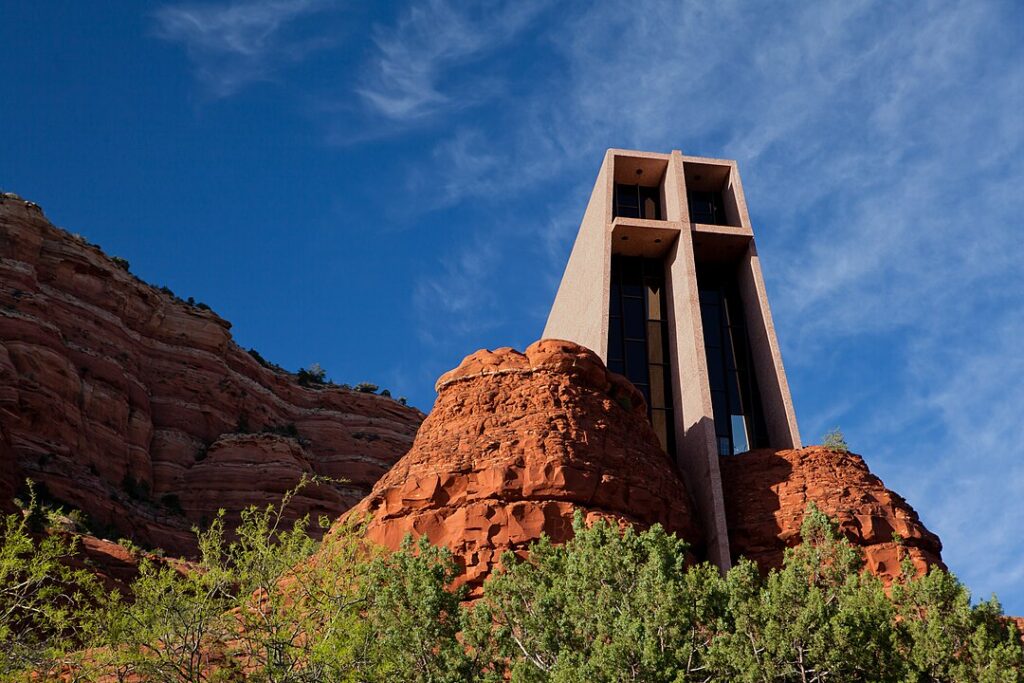
Sedona proves why desert towns switch on after sunset. As an International Dark Sky Community, it limits glare so the Milky Way pops on clear summer nights. Evening temps often drop 20 degrees from daytime, making night hikes and stargazing tours comfortable. Red rocks hold heat and release it slowly, so trails glow in moonlight. Uptown stays open late for patios, while local guides run laser-point star talks. Aim for new moon weeks when skies are darkest. Hotels dim exterior lighting to meet code, and star maps from visitor centers help newbies spot Scorpius, Sagittarius, and bright planets.
2. Flagstaff, Arizona
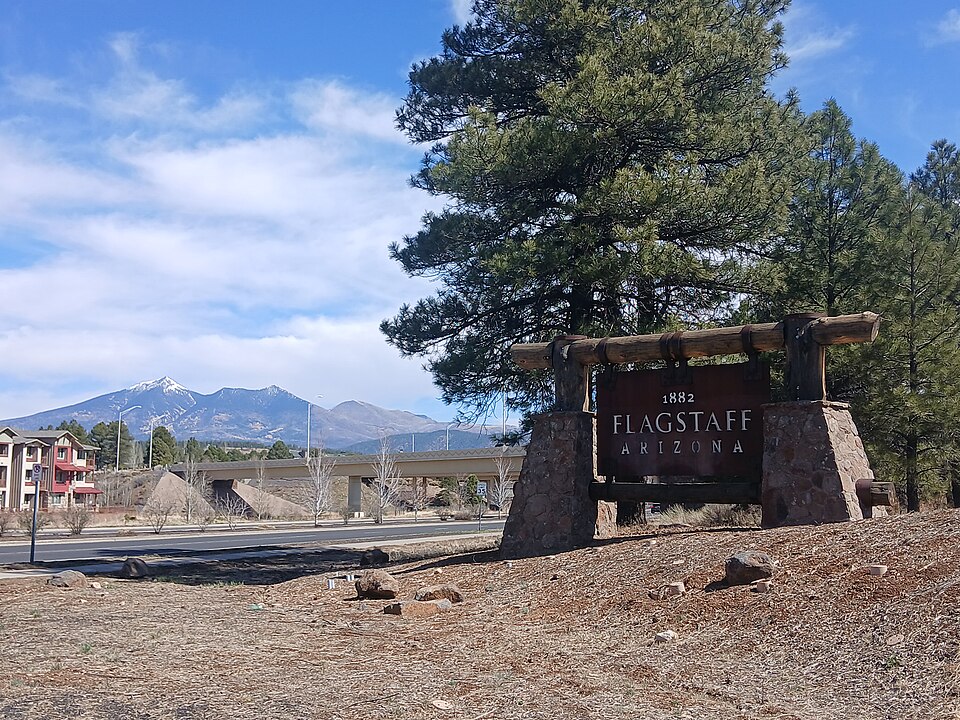
Flagstaff was the world’s first International Dark Sky City and has shielded-light rules dating back decades, so skies stay observatory-friendly. Lowell Observatory hosts nightly programs where visitors look through historic and modern scopes; Pluto’s discovery in 1930 happened here. Elevation near 7,000 feet means cooler evenings even in July. Downtown restaurants and music pick up after sunset while the mountain air stays dry. Bring layers, nights often dip into the 50s. Lighting ordinances began in 1958, protecting research and keeping neighborhoods calm after dusk.
3. Borrego Springs, California

Borrego Springs sits inside Anza-Borrego Desert State Park and was California’s first Dark Sky Community. With few streetlights and wide horizons, constellations snap into focus most nights. Summer days can top 105, but evenings usually slide into the 80s, ideal for night drives to metal sculptures at Galleta Meadows. You can frame glowing skies behind giant desert art without crowds. Park programs sometimes add night hikes that cover safety, wildlife, and sky lore. Late summer brings steadier air and calmer winds.
4. Marfa, Texas
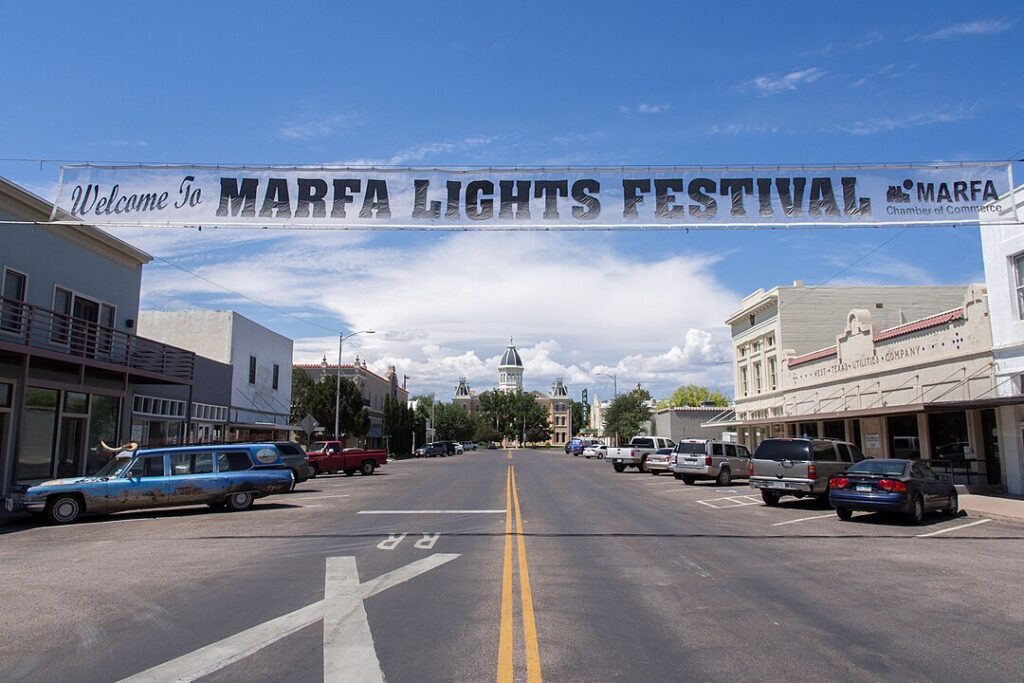
Marfa’s high desert elevation, around 4,700 feet, gives clear, dry nights that draw photographers and sky watchers. The official Marfa Lights Viewing Area east of town lets visitors scan the horizon for odd glows reported since the 19th century. Whether lights appear or not, the stars are reliable because development is sparse. After dark, galleries and food spots run late on weekends, and minimalist art sites feel otherworldly under moonlight. The viewing area has pull-offs, restrooms, and plaques that make late visits practical for first-timers.
5. Palm Springs, California
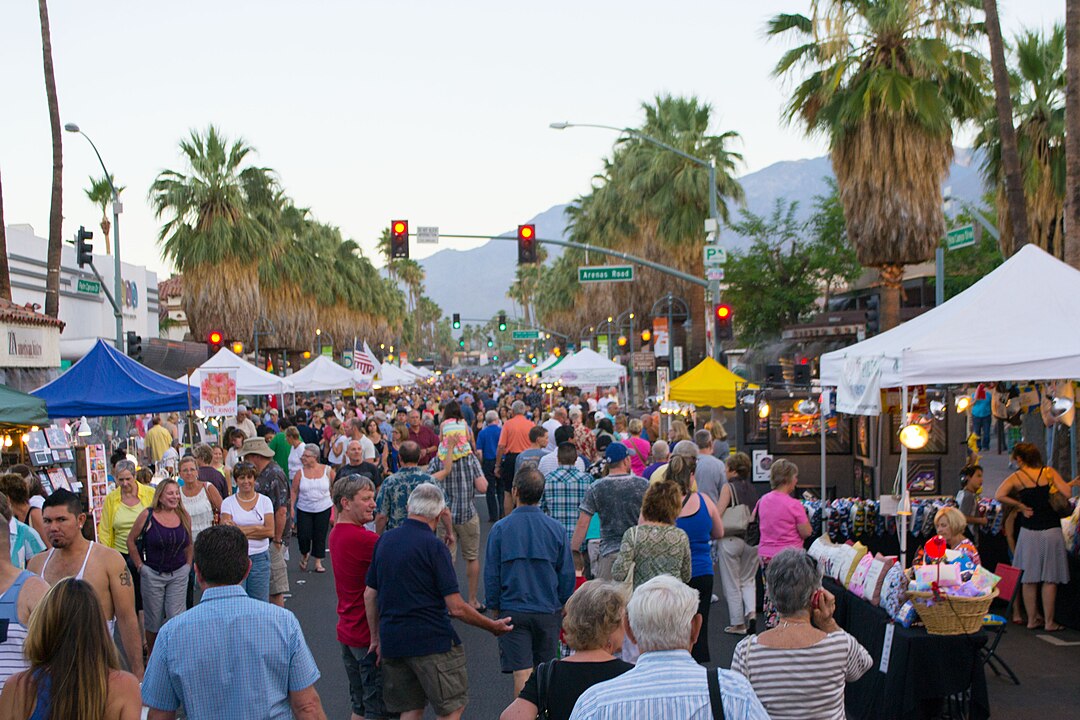
Palm Springs shifts outside after dark. The Thursday VillageFest turns Palm Canyon Drive into a pedestrian market, and hotel pools stay busy under string lights. Dry desert air keeps evenings comfortable much of the year, especially in spring and fall. Tram hours often extend, offering valley views from over 8,000 feet. Mid century neon and patios create an easy loop on foot. Summer nights can stay warm, so plan later strolls and carry water even after sunset. Evening temps often run 15 to 25 degrees cooler than midday, which helps.
6. Las Vegas, Nevada
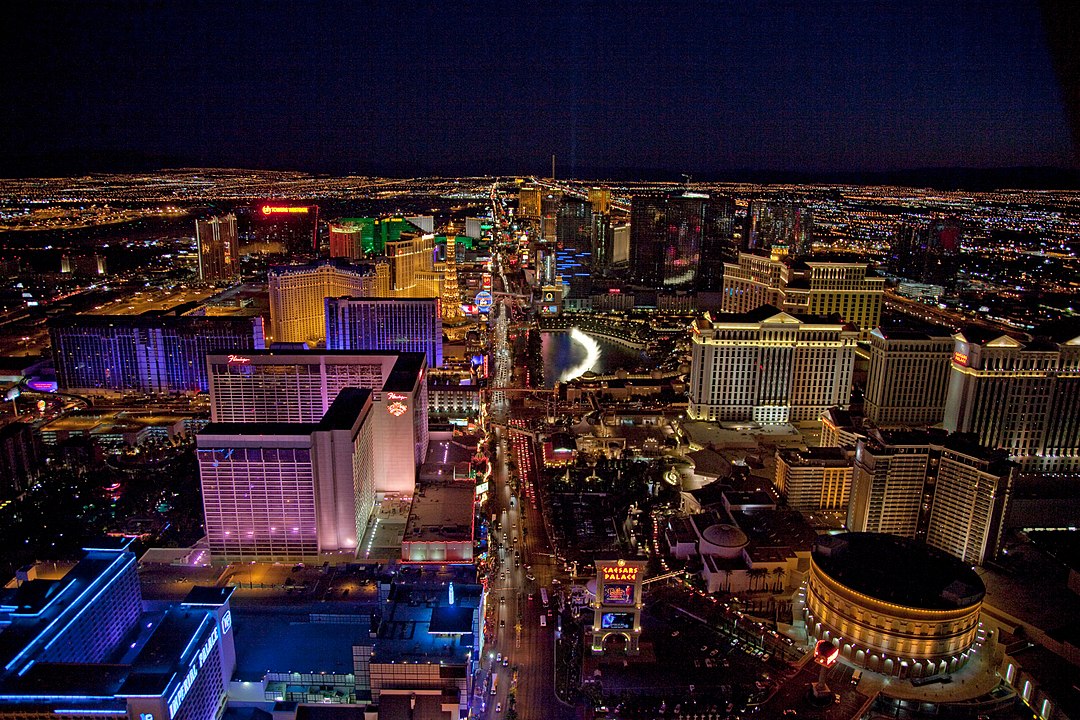
Las Vegas might be desert by day, but nights are the main show. Fremont Street’s canopy runs light and sound displays nightly, and the Neon Museum tours signs that once lit the Strip. Temperatures drop after sunset, making outdoor shows and fountains easier to enjoy. Monorail and rideshares link clusters so you can stay on foot. For a different view, book a late High Roller rotation to watch the grid glow. Use crosswalks; post-event traffic is heavy. For darker skies, Red Rock Canyon sits 17 miles west with stargazing pullouts.
7. Moab, Utah
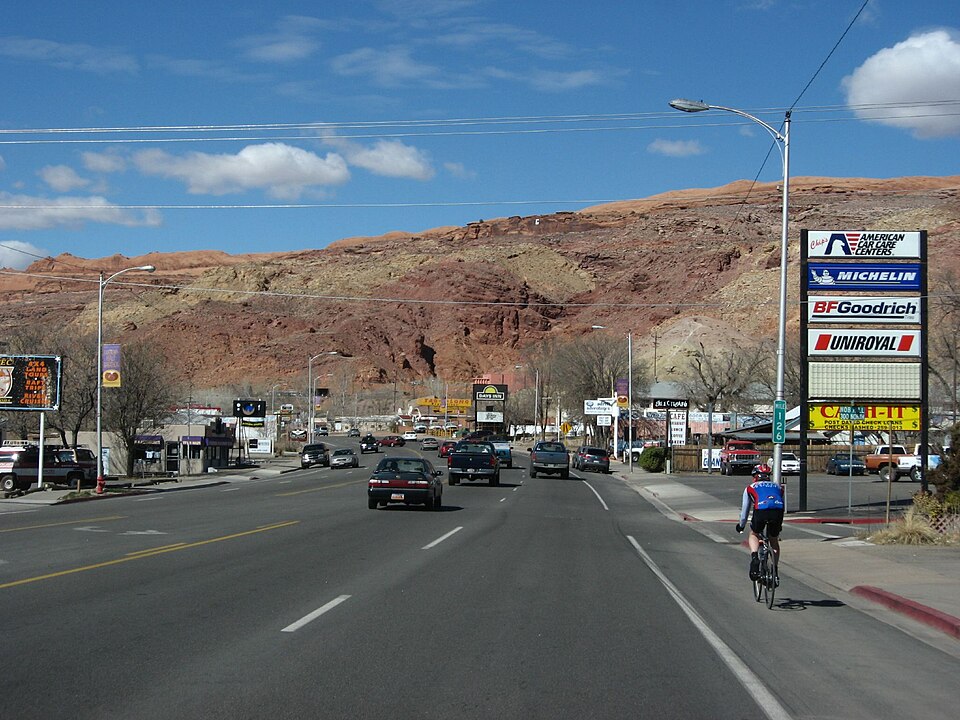
Moab’s evening energy comes from the dark sky parks next door. Both Arches and Canyonlands are certified International Dark Sky Parks, with ranger programs and festivals that teach safe night hiking and astro basics. Summer days can be hot, but dry air cools evenings fast. Downtown food trucks and gear shops stay open late in peak season. Photographers line up for Milky Way arches from late spring to August. Local guides post moonrise charts so hikers can plan lit returns without blasting bright white flashlights.
8. Terlingua, Texas
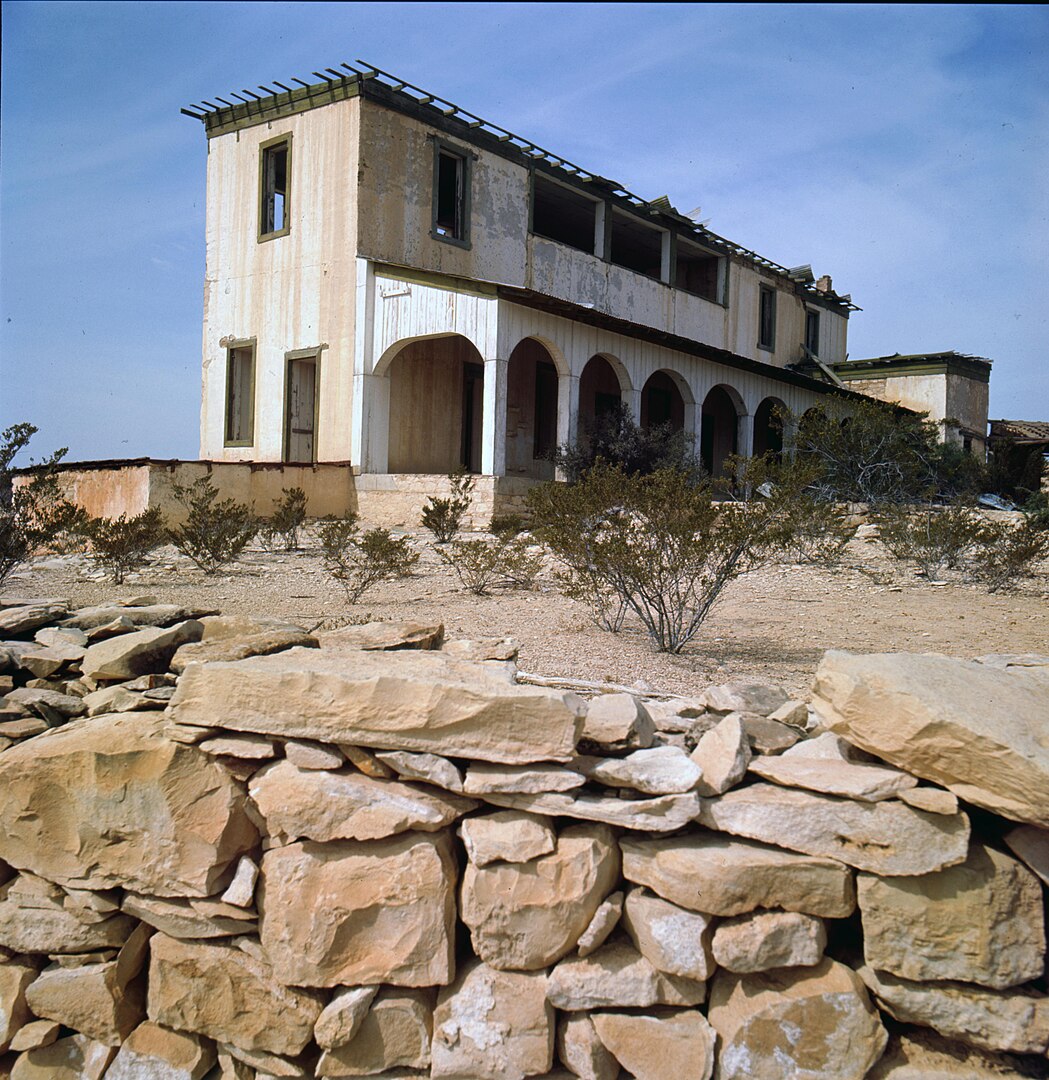
Terlingua sits between Big Bend National Park and Big Bend Ranch State Park, two of the darkest measured skies in the lower 48. After sunset, porch concerts at the Ghost Town and stargazing meetups take over while daytime heat fades. With little light pollution, zodiacal light and the Milky Way show clearly in season. Night wildlife is active, so keep beams low and give space. Carry water and tell someone your route if you explore backroads after dark. Big Bend’s measured sky quality often ranks among the best in the continental U.S., so even phone photos catch star fields.
